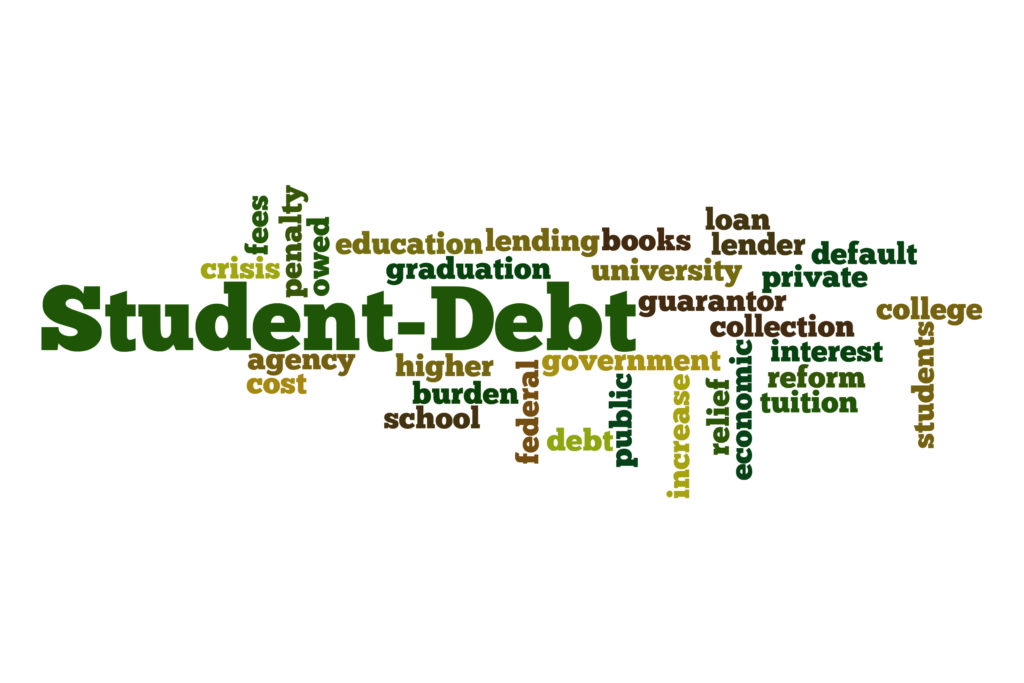Student loans are an important part of higher education. However, there are a few drawbacks to both federal and private student loans that borrowers should be aware of. In this article, we will discuss the pros and cons of each type of loan so that you can make the best decision for your needs.
Federal student loans have a variety of benefits that private student loans don’t offer.
But there are also some drawbacks to federal student loans. One of the main drawbacks is that you can’t discharge your student loans into bankruptcy. This means that if you can’t make your payments, you’ll still be on the hook for the full amount of your loan, plus interest and fees.
Another drawback of federal student loans is that they often have lower interest rates than private student loans. But this isn’t always the case, so it’s important to compare rates before you borrow.
And finally, federal student loans may not cover as much of your total cost of attendance as private student loans. So if you’re looking to borrow a lot of money for college, you may need to supplement your federal loan with a private loan.
Private student loans can be more expensive than federal student loans.
Private student loans also may not have the same repayment options as federal student loans. For example, federal student loans offer income-driven repayment plans that can make your monthly payment more affordable based on your income and family size. Private student loan repayment plans are typically not as flexible.
Another drawback of private student loans is that they may require a co-signer. A co-signer is someone who agrees to repay the loan if you cannot. This can be a risk for both the borrower and the co-signer because if you default on the loan, the cosigner’s credit will be impacted as well. Federal student loans do not require a co-signer.
Private student loans are not eligible for certain types of forgiveness, such as Public Service Loan Forgiveness. So if you are planning on working in a public service job after graduation, you may want to consider federal student loans instead of private student loans.
Private lenders are not as forgiving as the government when it comes to loan repayment.
If you fall behind on your payments, you may be subject to several penalties, including wage garnishment and damage to your credit score. In addition, private student loans typically have higher interest rates than federal student loans.
Private student lenders rely on the court system to sue and collect a judgment, and they are limited to your state’s statute of limitations in their ability to do so. Federal debt collectors can bypass the courts to directly seize tax refunds or garnish wages — and can do so indefinitely.
Private student loans are available to finance previous school charges, unlike federal student loans, which are limited to $200 in the previous school charges. Some lenders offer private student loans to pay for expenses after graduation, such as bar study loans after law school and residency/relocation loans after medical or dental school.
As a result, it is essential that you carefully consider all of your options before taking out a private student loan. If you do decide to take out a private loan, make sure to shop around for the best interest rate and terms.
Federal loans offer income-based repayment plans and loan forgiveness programs. Private loans do not.
The interest rates on private student loans are higher than on federal student loans. The repayment terms are also less flexible.
Private student loans require a good credit score to qualify. If you have a limited or no credit history, you may not be able to get a private loan.
If you default on your federal student loan, your tax refunds and wages could be garnished. With a private loan, the lender can sue you and take your property in some states.
It’s important to understand the differences between federal and private student loans before you borrow money for college.
It’s important to understand what types of loans you are offered. Generally, there are two types of student loans—federal and private. Federal student loans and federal parent loans: These loans are funded by the federal government.
Private student loans: These loans are nonfederal loans, made by a lender such as a bank, credit union, state agency, or a school. If you need to borrow money to pay for college or career school, start with federal loans.
Federal student loans are Direct Subsidized Loans and Direct Unsubsidized Loans. You can get more information about these loans on the U.S. Department of Education’s website at StudentAid.gov or by contacting your financial aid office.
In conclusion
Remember to understand the difference between federal and private loans before taking out any type of loan. Federal student loans offer many benefits that private student loan lenders don’t, so try to get federal loans before resorting to private loans. Thanks for reading!















